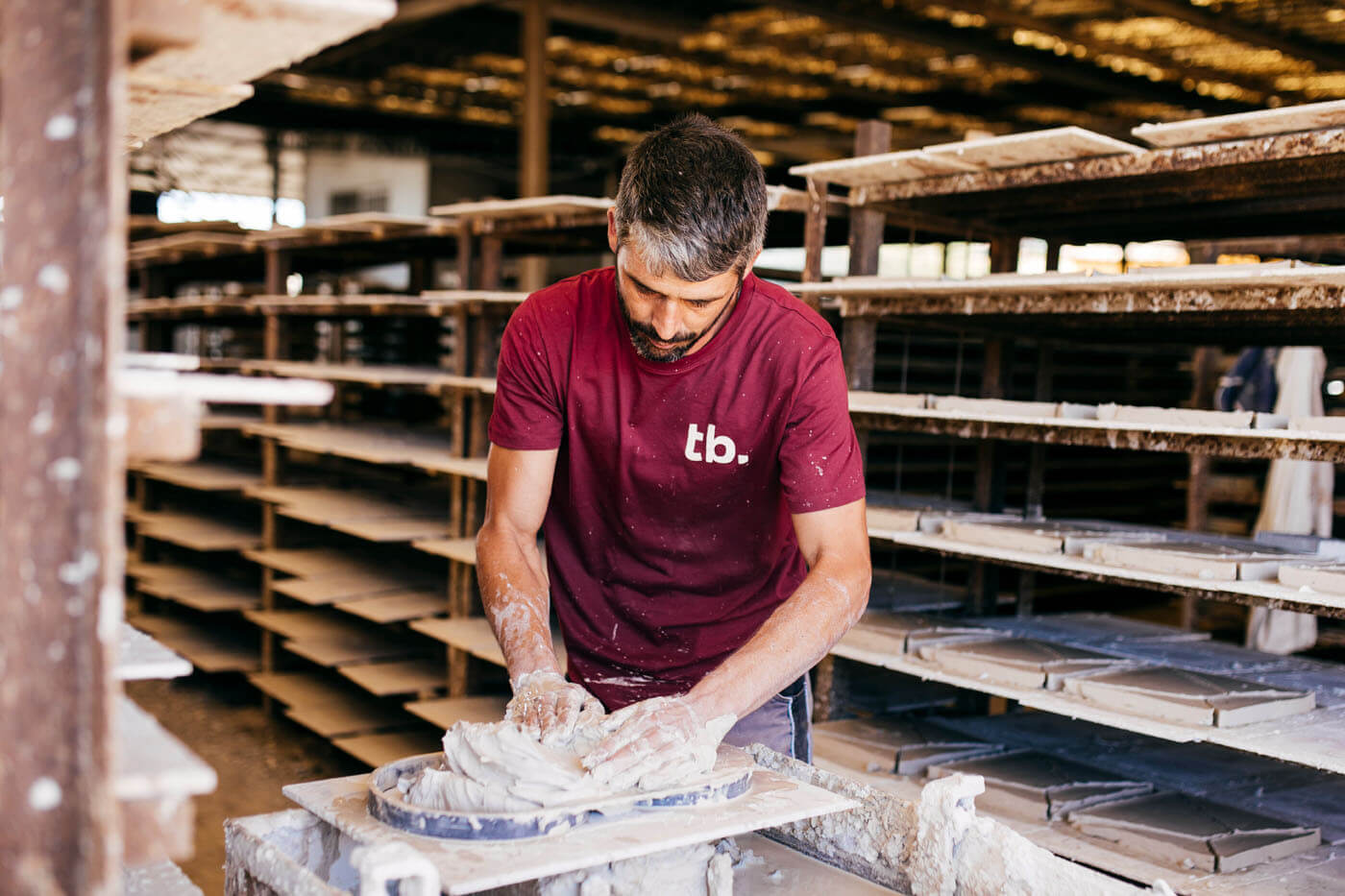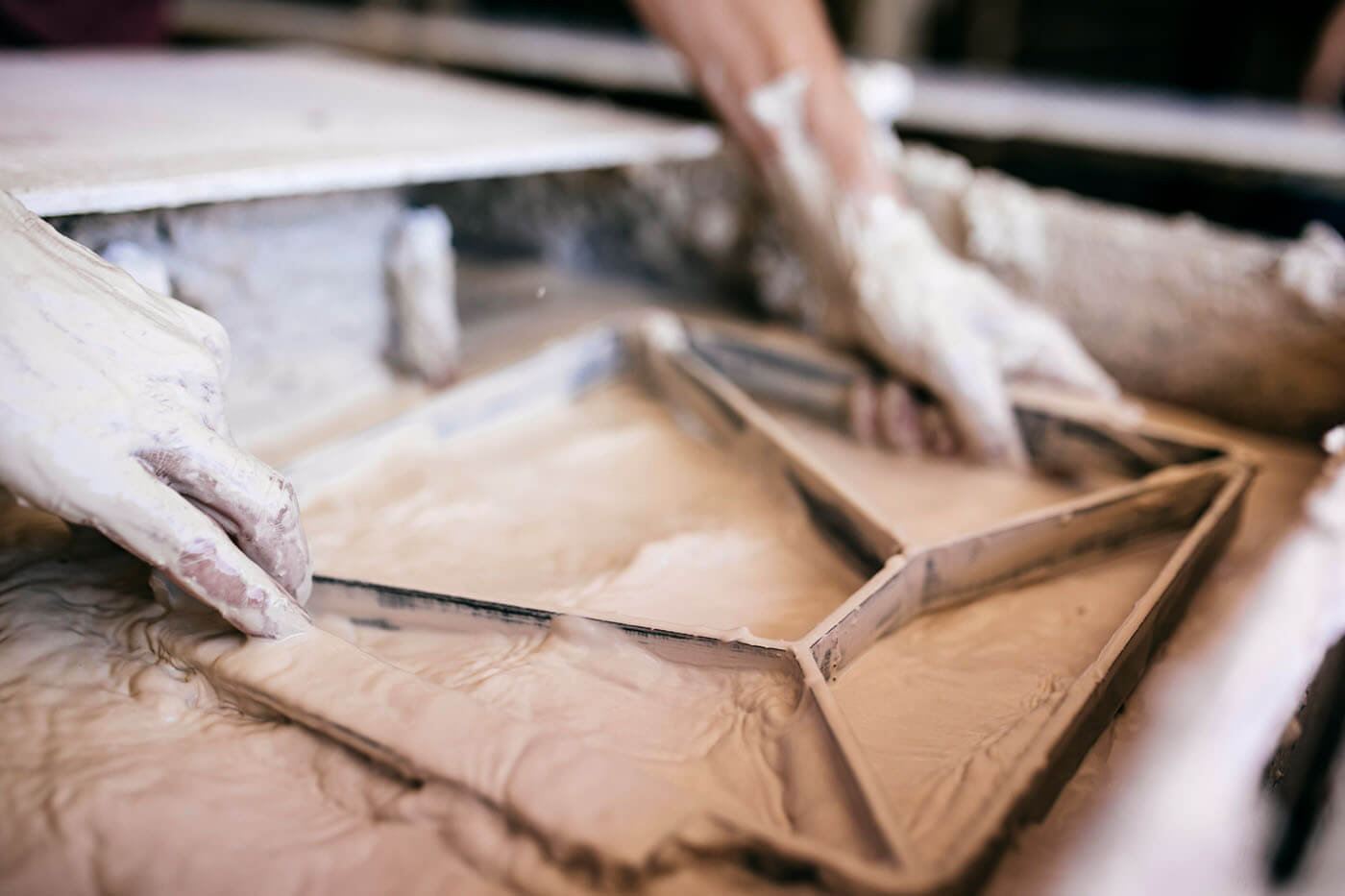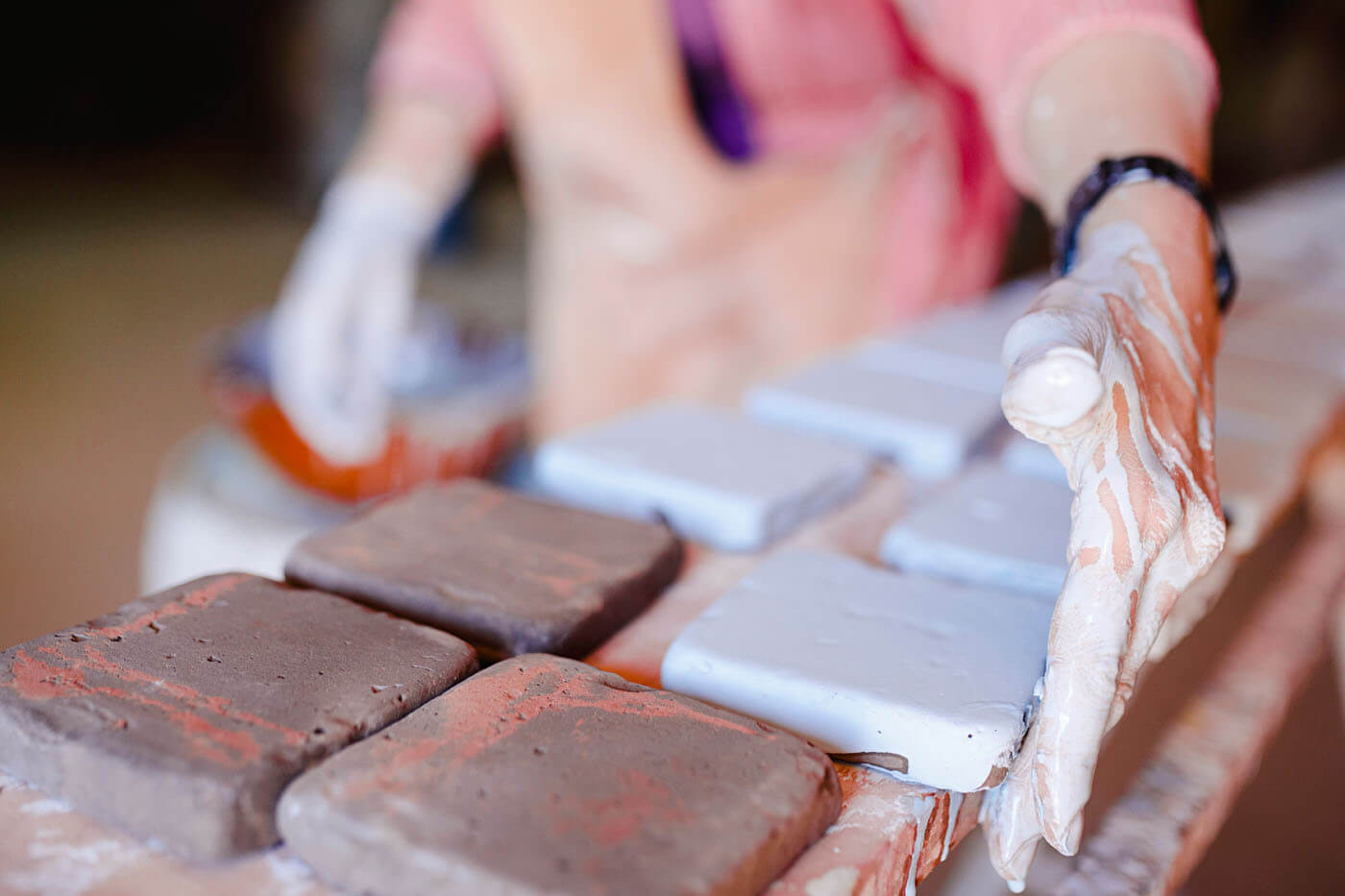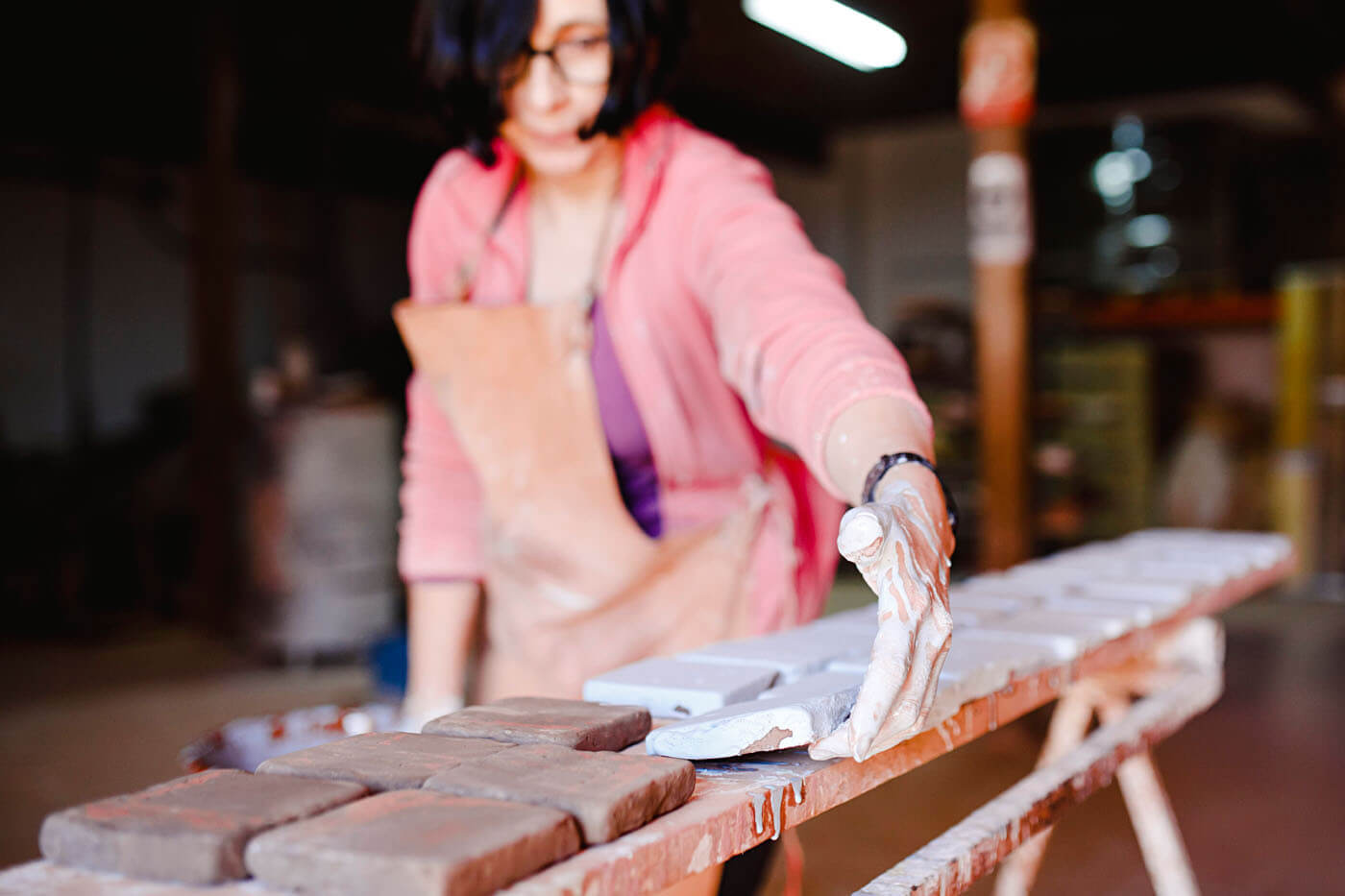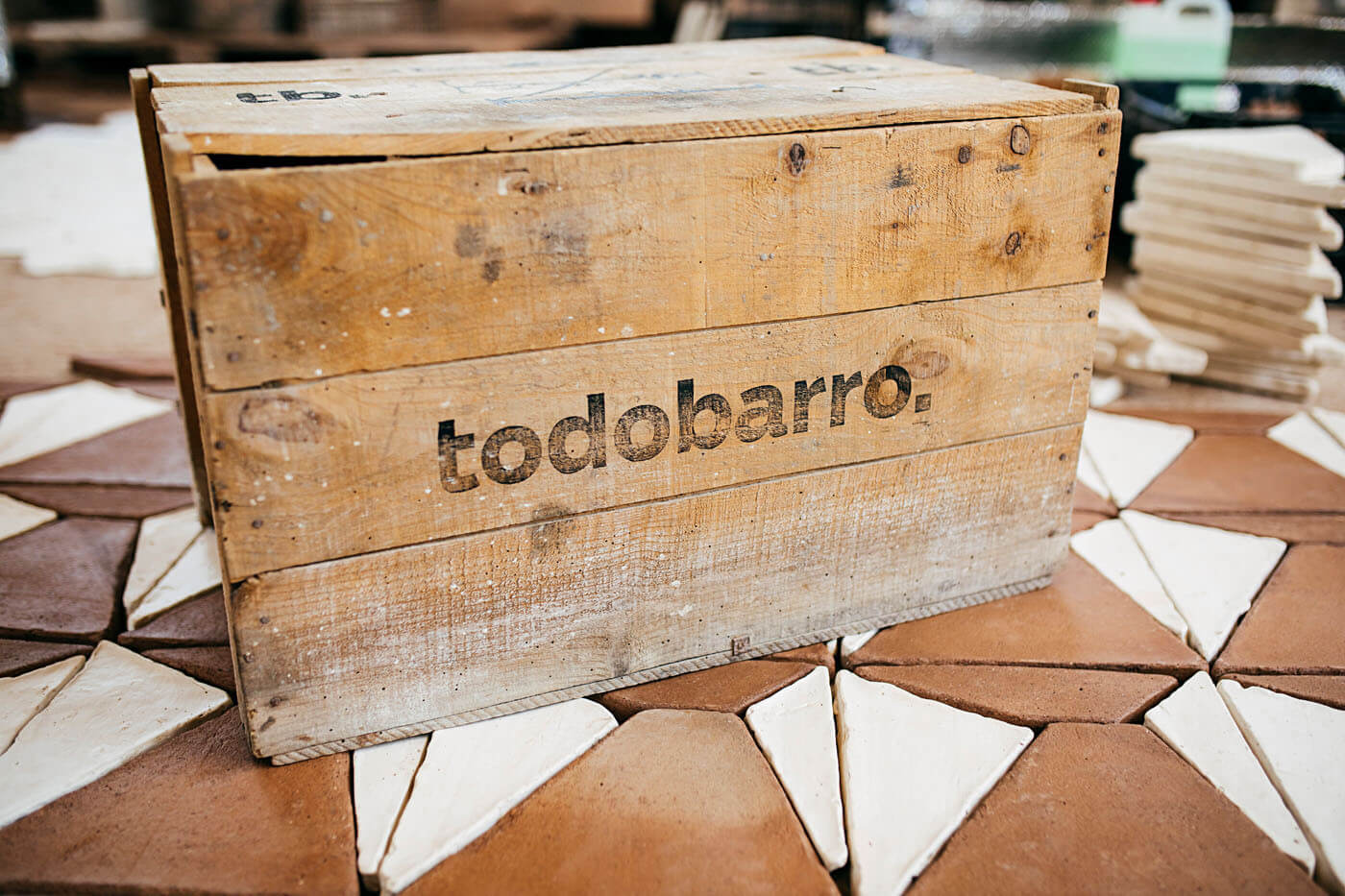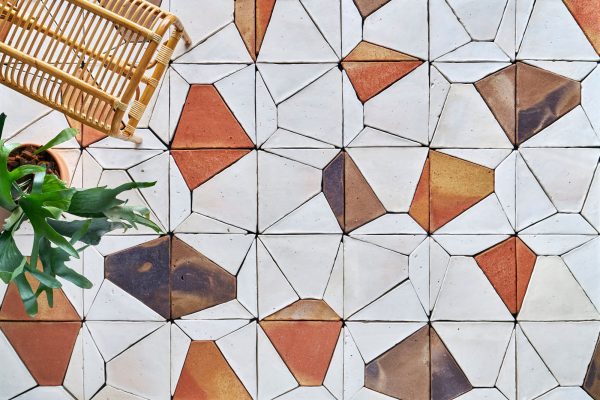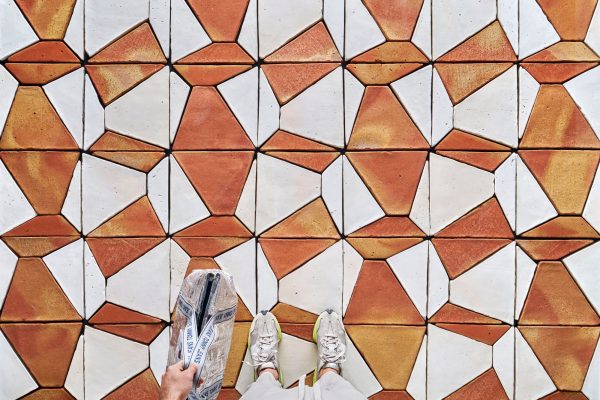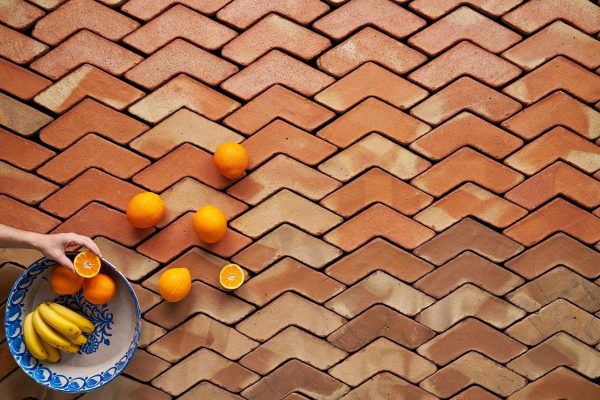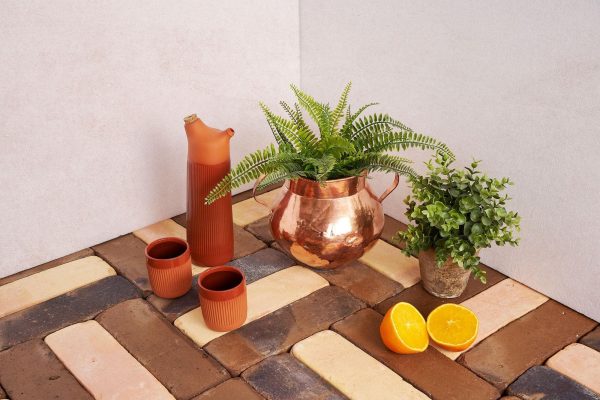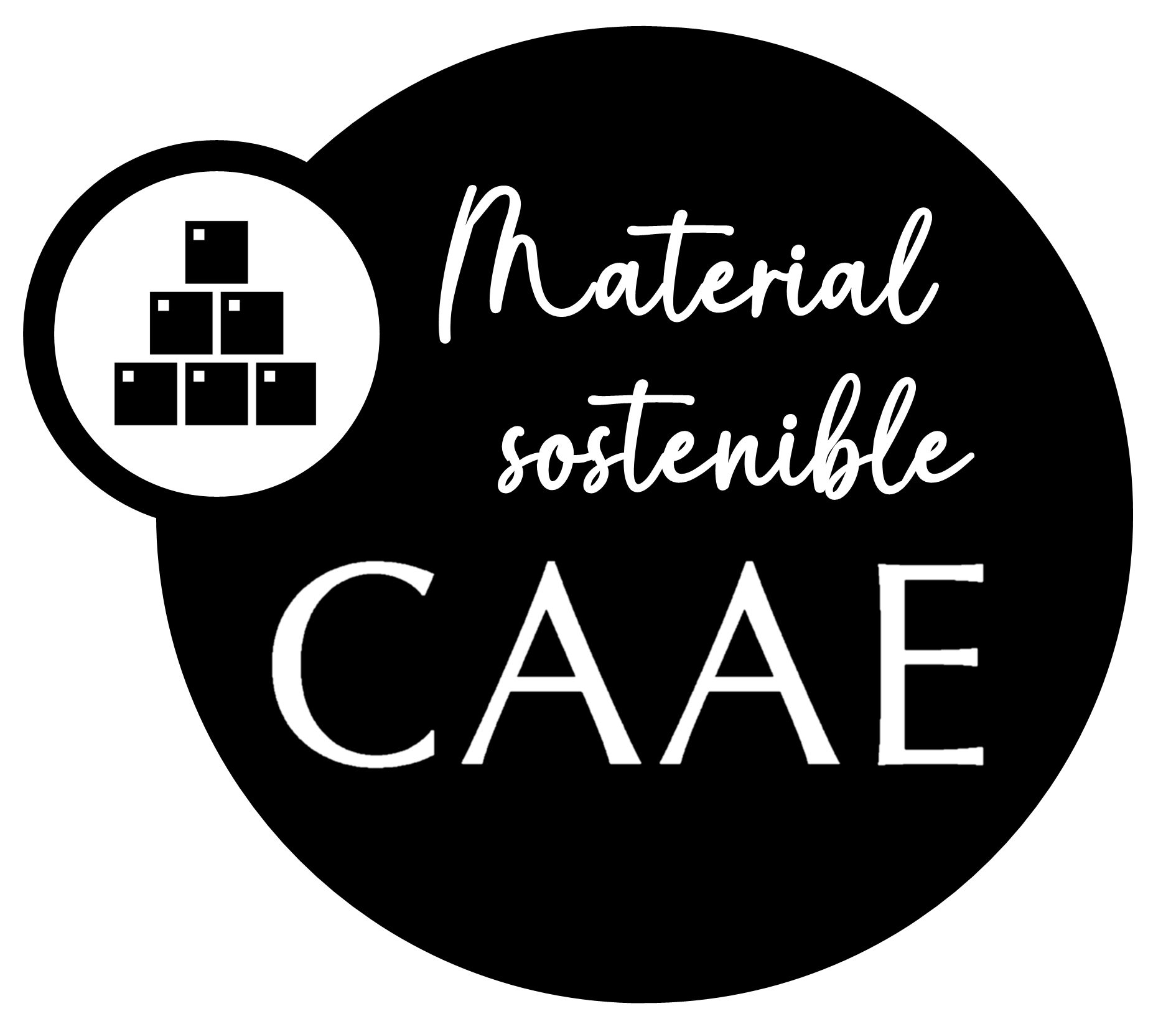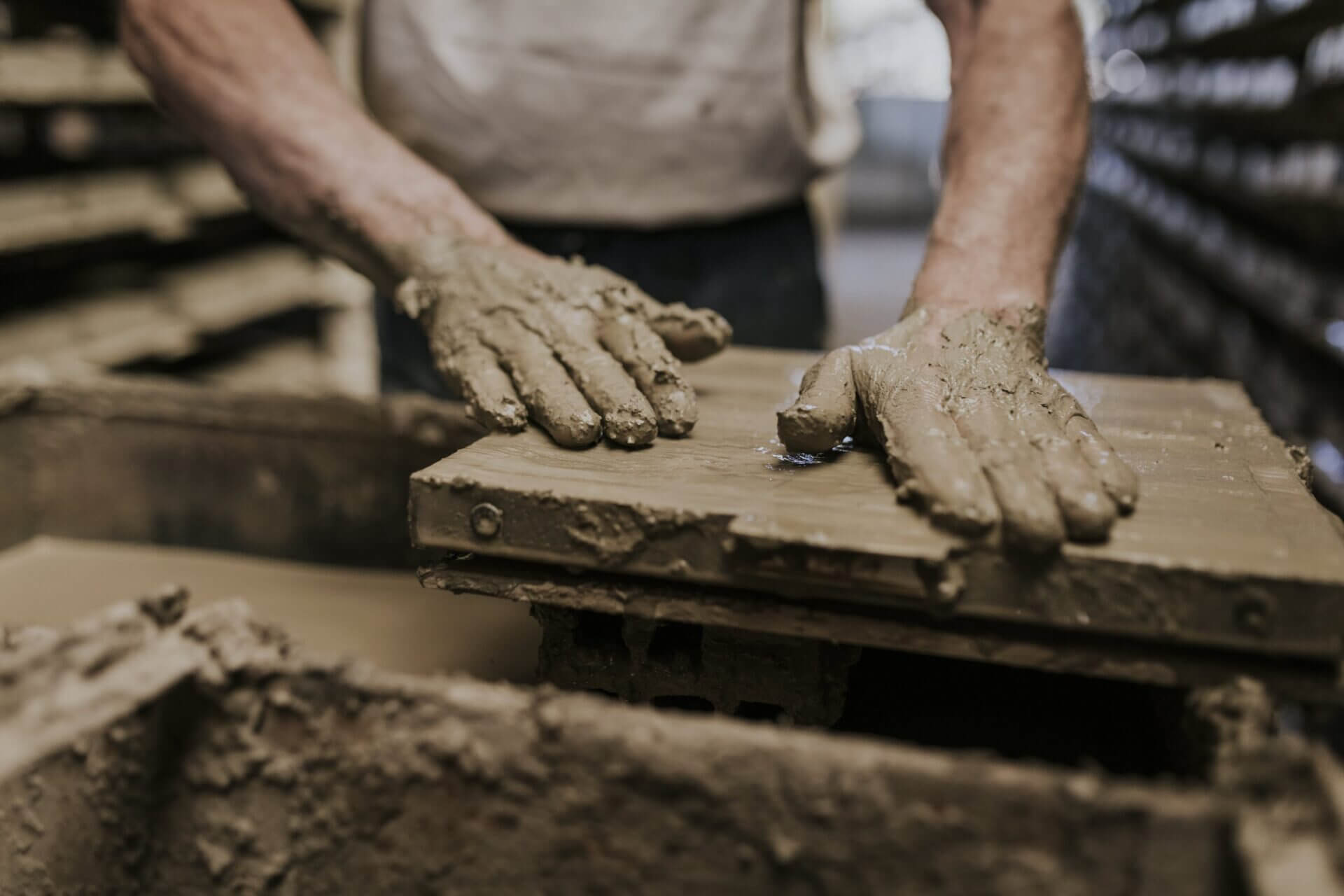
What is neocraftsmanship: a revolution in keeping traditions alive
What is neocraftsmanship? What are its defining features? And what are the challenges of this novel discipline?
What is neocraftsmanship? In a hyper-connected and digitized world where mass production is the norm, craftsmanship represents a sector which, even if it may not seem like it, remains present. Not only does it retain its traditional proponents, but it grows them in number for each year that goes by. In fact, when craftsmanship comes together with methods which serve to elevate and intensify it, the discipline which emerges is what we call neocraftsmanship.
What is neocraftsmanship? A surprising beacon for R&D
Making products by hand is a philosophy and the livelihood of many people who keep tradition alive. Through craftsmanship, we tell stories and we extend our roots – something which we are unable to attain through industrial products.
Nevertheless, small artisan products generally do not have the resources and the methods needed to compete on a global marketplace against huge manufacturers who mass produce products and strive to imitate an artisanal style. It is on this point that neo-craftsmanship stands tall as a solution to the shortcomings of commercial production represented by the traditional model of artisanal handicraft.
Here at todobarro, we see the incorporation of new R&D processes at Tejar, our artisanal workshop, as an important means of facilitating production while simultaneously preserving the tradition and wisdom of our master craftsmen. But just how have we gone about doing this?
- Incorporating quality tests
- Continuously carrying out research, analyses and modifications on the raw materials we use
- Optimizing processes
- Innovating products and their properties
- Including the design right from the conception phase
Is it possible to “industrialize” craftsmanship?
By introducing new production criteria, we find ourselves faced with a delicate question: up to what point can we introduce technology and new digital methods into craftsmanship before it begins to lose its value and essence? Would that interfere with what is craftsmanship? In reality, this is not that much of a dilemma, and the answer is simpler than it may appear at first glance.
We situate traditional wisdom and artisanal know-how as the fulcrum and absolute center of all neo-craftsmanship. As such, it is the craftsman himself who guides the innovation process ahead. The introduction of new elements into the production process will only ever go ahead if these elements can be incorporated into the artisanal way of doing things and only so long as their introduction will not entail any loss of the value brought by each master craftsman.
Customization and neocraftsmanship
In this way, technology and traditional craftsmanship can generate a symbiotic relationship without historical precedent. This equilibrium becomes particularly clear when it comes to customization.
By its very nature, neo-craftsmanship allows for products which are profoundly customizable and can never be mass produced. In fact, this is one of the principle virtues of products that are made by hand: no two are ever the same. This is how artisan craftsmanship sets itself apart on the market, in addition to the use of organic and sustainable materials, as in the case of terracotta.
At the end of the day, it is about taking a product made by hand and transforming it into something even more competitive and sophisticated, without in any way renouncing the essential aspects of traditional craftsmanship, which is to say, without ever dispensing with the expert hands that have mastered ancestral techniques.
A step further
The possibilities of neo-craftsmanship are not restricted solely to the plane of production, but rather they go one step further. If the objective is to carve out a space for artisanal products on the market, then the art of neo-craftsmanship needs to adapt to the predominant aesthetic language and to modern channels of communication.
For this reason, here at todobarro we design and collaborate with designers who possess the capacity to reinvent the aesthetics of terracotta floors and to internalize what this material signifies historically. Our tessellations are contemporary and avant-garde, yet they keep the values of tradition and manual production intact.
At the same time, as neo-craftsmen, we need to be familiar with the market and adapt to its demands. This being the case, we known from experience that artisan craftsmanship is compatible with digital marketing, branding and content, and that it can benefit from an integral plan for marketing, marketplace positioning and internationalization.
Conscientious neo-craftsmen
In relation to concepts such as sustainability, social and ecological responsibility, todobarro identifies as a conscientious company. This implies that we involve ourselves in the construction of environments and society, aiming to ensure that the impact we generate is always positive in every setting.
We are conscientious in every one of the actions that we take as a company, and our objective is to secure improvements and benefits which go beyond our own interests. We root ourselves in the circular economy and seek out collaboration with others.
At the same time, we have reduced our environmental footprint by as much as possible and we seek to play an active role in the regeneration of our natural environment. To this end, we reuse resources, optimize our processes and seek integration with natural elements as a core tenet of our philosophy. These are some of the concrete measures that we have taken in order to attain this objective:
- Focus on solutions which are based on nature (such as the use of biofuels or wooden packaging)
- Constant strategy of collaboration
- A calling to serve
- Innovation with a focus on the constructive integration of organic elements
- Plan for the reduction of emissions and reforestation
- Total elimination of plastics
For us, a neocraftsman who truly adds value can only be a neocraftsman who is conscientious. Somebody who is capable of reaffirming artisanal knowledge and strengthening it within a context which is at once competitive, global and hyperconnected. Somebody who, without ever losing sight of the context within which he undertakes his work, and while always keeping tradition in focus, centers his efforts on balancing his calling with a contribution of value to wider society.
